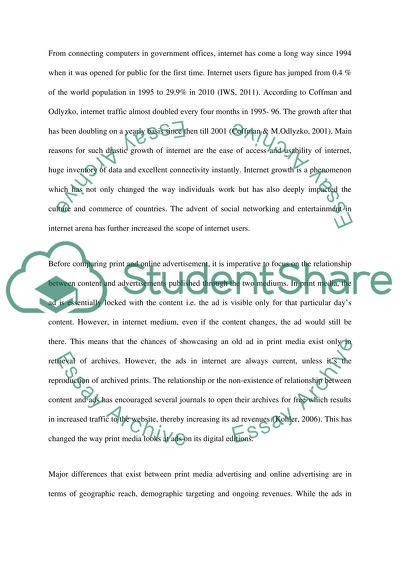Cite this document
(“The Online Advertisement Market Research Paper Example | Topics and Well Written Essays - 3250 words”, n.d.)
Retrieved from https://studentshare.org/family-consumer-science/1418370-the-online-advertisement-market
Retrieved from https://studentshare.org/family-consumer-science/1418370-the-online-advertisement-market
(The Online Advertisement Market Research Paper Example | Topics and Well Written Essays - 3250 Words)
https://studentshare.org/family-consumer-science/1418370-the-online-advertisement-market.
https://studentshare.org/family-consumer-science/1418370-the-online-advertisement-market.
“The Online Advertisement Market Research Paper Example | Topics and Well Written Essays - 3250 Words”, n.d. https://studentshare.org/family-consumer-science/1418370-the-online-advertisement-market.


